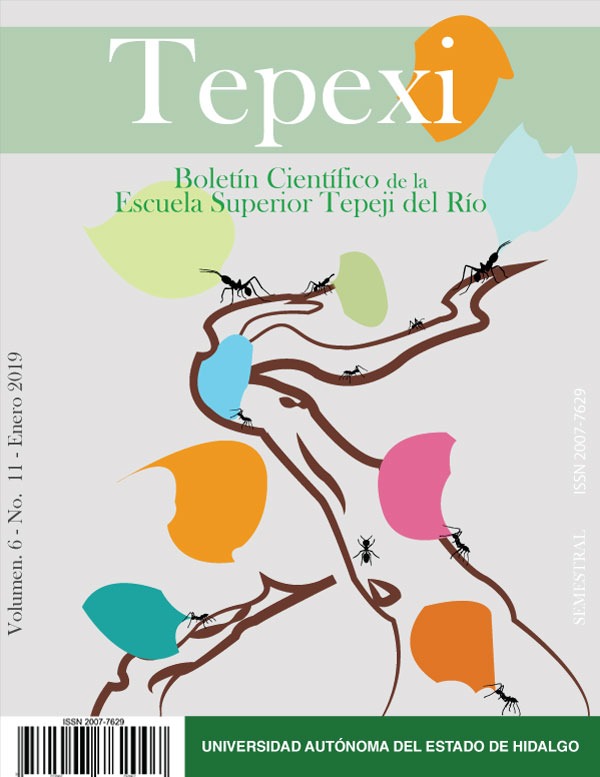Importance of early growth in kids
DOI:
https://doi.org/10.29057/estr.v6i11.3835Keywords:
Early stimulation, evaluation of child development, kidsAbstract
It is recommended that people (especially parents) keep in mind that early stimulation in children's preferable ages 0 - 5 years is applied, since the majority of brain development takes place until the child reaches 3 years, at the same While proliferate child neurons and synapses establishes new connections at high speed, children acquire the ability to think, talk, learn, reason, and established the foundations of social and biological behaviors that would mark it throughout adult life. During the first years of life, environmental factors and stimuli acquire great importance, if they are suitable, the nervous system will be held in better conditions. Since this prevents the wrong diagnosis or even late of diseases like mental retardation among others and help better coexistence and adaptation. By the above and considering that the test of evaluation of child development (EDI); It is the set of actions aimed at promoting physical, mental and social capabilities of the child, it is necessary to use in the prevention of delay in psychomotor development, diagnosing, curing and rehabilitating suitably for children to achieve the best development of the potentials of the individual, should be detected that your child has delayed their development.
Downloads
References
Unidad de Investigación en Neurodesarrollo (UIN) .(2013)



















